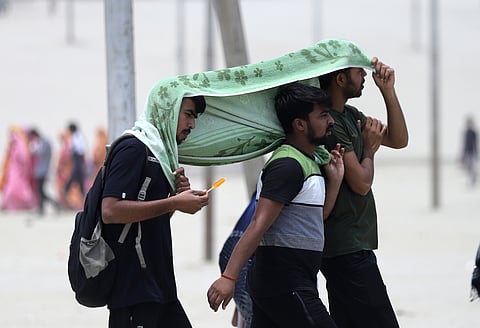 Image Source: Down to Earth
Image Source: Down to Earth
India is downplaying the magnitude of its warming trend by altering the baseline period to use when computing increases in temperature, which is alarming climate scientists and the general public. Altering the baseline influences the way the country's temperature rise is viewed, which can diminish the intensity and frequency of extreme weather events being experienced throughout the nation.
Recent research indicates that 2024 was India's hottest year on record since 1901, and 2025 is also going in the same direction as it is already poised to shatter previous records with the hottest February in 125 years and other pre-season heatwaves. Despite such dire statistics, India's way of calculating its trend towards warming could be hiding the actual magnitude of climate change impacts.
Climate researchers note that by changing the reference years against which temperatures now are compared-India's real rising trend appears less dire. The method can conceal the real rise in temperatures and heightened risk of heatwaves, droughts, and other climate disasters.
Experts argue that an accurate portrayal of India's warming trend is necessary for policy-making, disaster preparedness, and public awareness. The marginal warming trend is capable of resulting in complacency and ineffective action to combat the worsening climate crisis.
As India gears up for yet another summer of scorching temperatures, the row over how the country presents its climate information is an important reminder of the need for transparency and consistency in presenting climate science.
Source: Down To Earth
Advertisement
Advertisement



